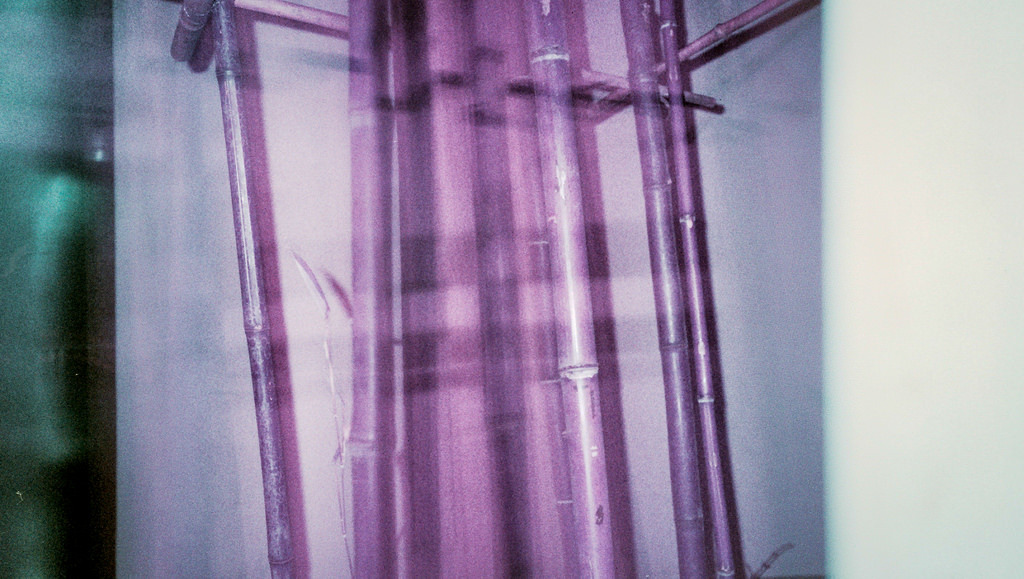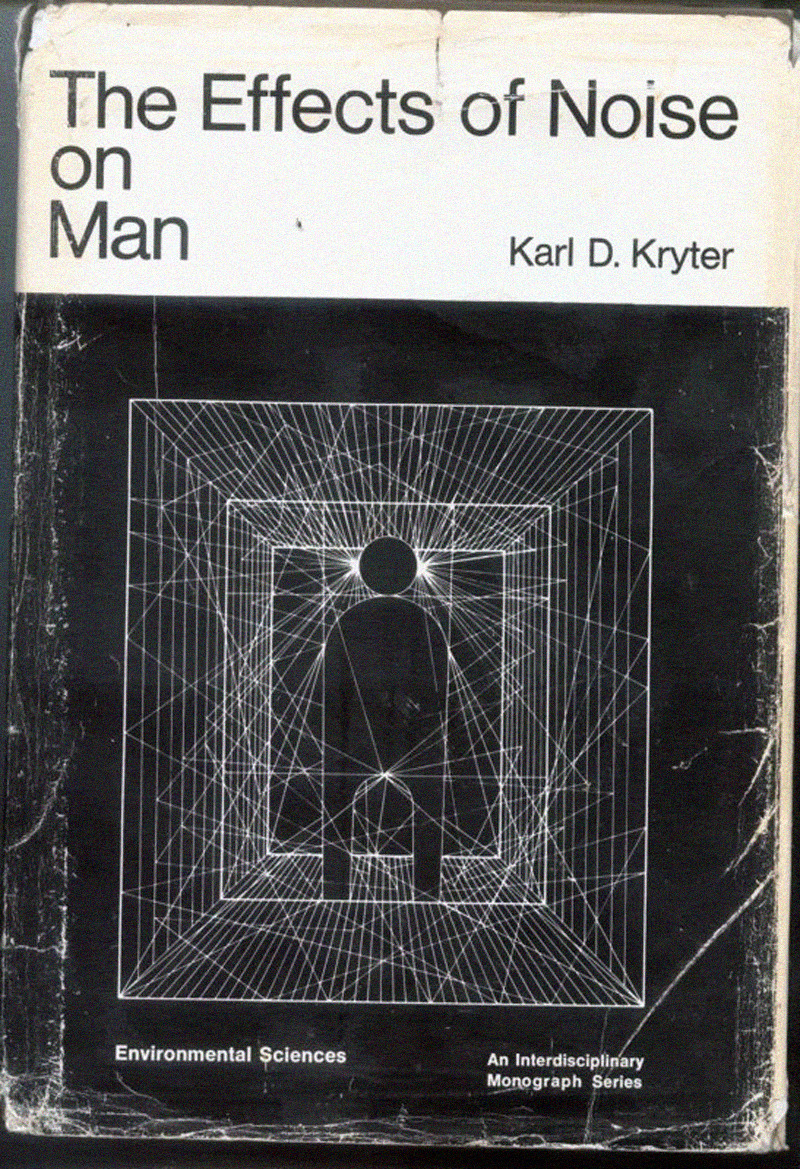20150213 (via http://flic.kr/p/rfAAe4 )

20150213 (via http://flic.kr/p/rfAAe4 )

20150213 (via http://flic.kr/p/rfAAe4 )

20150212 (via http://flic.kr/p/qY2JX3 )

20150211 (via http://flic.kr/p/qiMJM2 )

20150210 (via http://flic.kr/p/qizBQb )

20150209 (via http://flic.kr/p/qYauGa )

Fire Department Called After Robot Vacuum Attacks Sleeping Owner’s Head
The fate of the mutinous robot is unknown.

Svalbard 2014 by Go.70°North (via http://flic.kr/p/qHAe6t )

by Bellaphono (via http://flic.kr/p/aKa72H )

by Bellaphono (via http://flic.kr/p/aveGis )

DSC01085 by cliffbriggie (via http://flic.kr/p/jsqnR3 )

by morningrise91 (via http://flic.kr/p/rdLraV )

[ Living ] by kenny_nhl (via http://flic.kr/p/gXCexA )

⅄∀ↃƎᗡ by NGHBRS (via http://flic.kr/p/e2wCcy )

Collage -638 by Poetic Medium (via http://flic.kr/p/qhutr3 )

Christian Zander

Beautiful Guinomi !!! コリーさん作 志野焼ぐい呑み by eiichi scart (via http://flic.kr/p/87JrU5 )

Eiichi “Scart” Miyamoto

Dunescape by Kaometet (via http://flic.kr/p/p7aWNV )

Dunescape by Kaometet (via http://flic.kr/p/qcNcAF )

synthesis. by jonathancastellino (via http://flic.kr/p/qWKvNU )

crack III by iwouldtakemycrowntojokulsarlon (via http://flic.kr/p/i79omE )

Volvox globator by Jan&paul (via http://flic.kr/p/m3qZz )

dust it off by Elödinosaur (via http://flic.kr/p/pWBqUK )

The Long Term Effect of Magical Thinking by hjl (via http://flic.kr/p/oikuU6 )


Deja Vu by Menerva Tau (via http://flic.kr/p/pZC8a7 )

262_0372 (via http://flic.kr/p/qh1BWp )

L1018013 (via http://flic.kr/p/qWmsgv )
“The system failed to resolve other debates in the world of art history though. The 17th-century Italian painter, Caravaggio, allegedly gave one of the figures in his altarpiece The Entombment of Christ the features of Michelangelo. But the computer found no matches when it compared the figure, Nicodemus, with bronze busts and a chalk drawing of Michelangelo.”
–Possible Anne Boleyn portrait found using facial recognition software (viaiamdanw)

Think you’re escaping and run into yourself. Longest way round is the shortest way home.
James Joyce, Ulysses
“At the moment, Belgium is surviving with help from a mild winter, but, to put the situation in perspective, regulators there are offering a dedicated blackout warning app and website. With diminished reserves, the country would have seen 25 days of blackouts (so far, in mid-February) given a winter on par with 2010/2011. Brutal.”
–The Grid Algorithm that Might Black Out Entire Countries (viaiamdanw)


come visit my other blog UNDERDOGS & ONE-HIT WONDERS, based on a group i created on flickr, filled with all the photos that inspire me (and deserve more love !)

OrtegaI_A by Isaac Ortega (via http://flic.kr/p/m3oijP )

blood by Dora Kelly Lange (via http://flic.kr/p/qKPukb )

sunday. by (x)99. (via http://flic.kr/p/raxCUS )

by Sadacore (via http://flic.kr/p/p6F9Cx )

by Sadacore (via http://flic.kr/p/r1Hi86 )

[ Multiple City ] by kenny_nhl (via http://flic.kr/p/hqrrhW )

untitled(appliance house study) by fac_610 (via http://flic.kr/p/r2jm6W )

DPP_29 (2) by Sequoiatree (via http://flic.kr/p/nunVpt )


GPE 18 | Firn & Fire

Time is the default sacrifice. It is the measure of sacrifice that underlies our complex economic order, so it is no surprise that it also underlies our ritual order. In religions that have a Sabbath, an entire day of productivity is sacrificed to God every week. Every ceremony involves the sacrifice of the time of participants; often, ceremonies involve the sacrifice of time by high-status persons. An arraignment is a ceremony in which the legitimacy of a person’s incarceration is established; not much information is exchanged, but the ceremony requires sacrifice in the form of a grand courtroom built for the purpose, as well as the time of grand personages such as the judge and two attorneys. Ritual attendants such as court reporters and bailiffs are required as well. The sacred value of “justice” is understood to be the target of these sacrifices.

Pericolo di ghiaccio by crissime (via http://flic.kr/p/r5RRmQ )

by Tom Phyne (via http://flic.kr/p/qccTmn )

by castles of forestry (via http://flic.kr/p/goxjks )

057 by -好好- (via http://flic.kr/p/pFXumD )

Untitled-28x by -好好- (via http://flic.kr/p/qftBez )

charleroi by barton attila (via http://flic.kr/p/pQ5LYn )

Amazing looking place by Astro_Alex (via http://flic.kr/p/nLu3xh )

stuck on earth by lars on mars (via http://flic.kr/p/rbo1ca )
“This is the decadent end of the current innovation cycle, the part where people stop having new ideas and start adding filigree and extra orifices to the stuff we’ve got and call it the future.”

by Laurent Jacques (via http://flic.kr/p/qeF1gM )

by kasapidis giorgos (via http://flic.kr/p/qeuzB6 )

Google put a camera on a camel and… by Tobias Revell (via http://flic.kr/p/pDX4wn )

by Aloma Sand (via http://flic.kr/p/oVhaVo )

. by bitmapr (via http://flic.kr/p/7GZnNm )

. by bitmapr (via http://flic.kr/p/fB3rZU )

by Antimonio y Silencio (via http://flic.kr/p/okbaQK )

Pequeño bestiario by Antimonio y Silencio (via http://flic.kr/p/oJay11 )

a cage went in search of a bird by rubenedelrot (via http://flic.kr/p/qFKB1C )

Desarraigo I by Louis Agudelo (via http://flic.kr/p/qAkYse )

by cs_smith (via http://flic.kr/p/r5KE6F )

by cs_smith (via http://flic.kr/p/qNm1nf )

by cs_smith (via http://flic.kr/p/q8U5hJ )

Sahara 5 by Astro_Alex (via http://flic.kr/p/obV55Q )

Glinting currents by Astro_Alex (via http://flic.kr/p/pgAW6V )

Snowy Baikonur by Astro_Alex (via http://flic.kr/p/pSr5hV )

Texas oil fields by Astro_Alex (via http://flic.kr/p/owzjU9 )

African light by Astro_Alex (via http://flic.kr/p/oZAkmJ )

Earth from Space: Where worlds collide by europeanspaceagency (via http://flic.kr/p/bsmLnj )

Steppin _Up by PJT. (via http://flic.kr/p/qTu1qe )

by Bellaphono (via http://flic.kr/p/nbRkbe )

by barton attila (via http://flic.kr/p/oTebdm )

1 by barton attila (via http://flic.kr/p/dhXDEp )

Eucalyptus flowers in a storm by AHC McDonald (via http://flic.kr/p/qRMsyn )

“We are nonchalantly throwing all of our data into what could become an information black hole without realising it. We digitise things because we think we will preserve them, but what we don’t understand is that unless we take other steps, those digital versions may not be any better, and may even be worse, than the artefacts that we digitised,” Cerf told the Guardian. “If there are photos you really care about, print them out.”
–Google boss warns of ‘forgotten century’ with email and photos at risk | Technology | The Guardian (viaphotographsonthebrain)

The internet can seem ubiquitous and invisible at once, but it relies on an elaborate infrastructure that’s sometimes buried just below our feet. Author and artist Ingrid Burrington has created a field guide to the visible evidence and reminders of the internet in the New York City urban landscape.

Bubbles by The Light Photographer (via http://flic.kr/p/nLcPoQ )

Ink_30 by A_Ho_Chung (via http://flic.kr/p/qVd5sp )

記錄_ by A_Ho_Chung (via http://flic.kr/p/qBM1FA )

. by Kruljac Tomislav (via http://flic.kr/p/or24TK )

by Valerie Kabis (via http://flic.kr/p/pWaiCx )

by Reuben Wu (via http://flic.kr/p/raobiQ )

215 by konophotography (via http://flic.kr/p/qEV6yG )

242 by konophotography (via http://flic.kr/p/qPAkVG )

René Magritte. L’Art de la Conversation. 1963.

Aerial x (35 of 74) by The Paul Miller (via http://flic.kr/p/otP2B9 )

crystalisk by letloosethelambs (via http://flic.kr/p/q9Nppg )

IXV Recovery by europeanspaceagency (via http://flic.kr/p/qSwNHX )

fird by e3.fird (via http://flic.kr/p/qdmqua )

Untitled by Nick513726 (via http://flic.kr/p/r5LF9L )

by 王 君弘 (via http://flic.kr/p/q3GfLT )

Untitled by Nick513726 (via http://flic.kr/p/r2YJGM )

Elephant by justinpickard (via http://flic.kr/p/r9MVBo )

The Nonhuman Autonomous Space Agency

20150208 (via http://flic.kr/p/r9u6Ei )